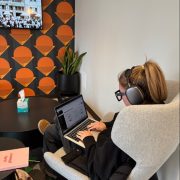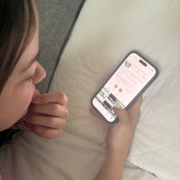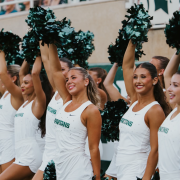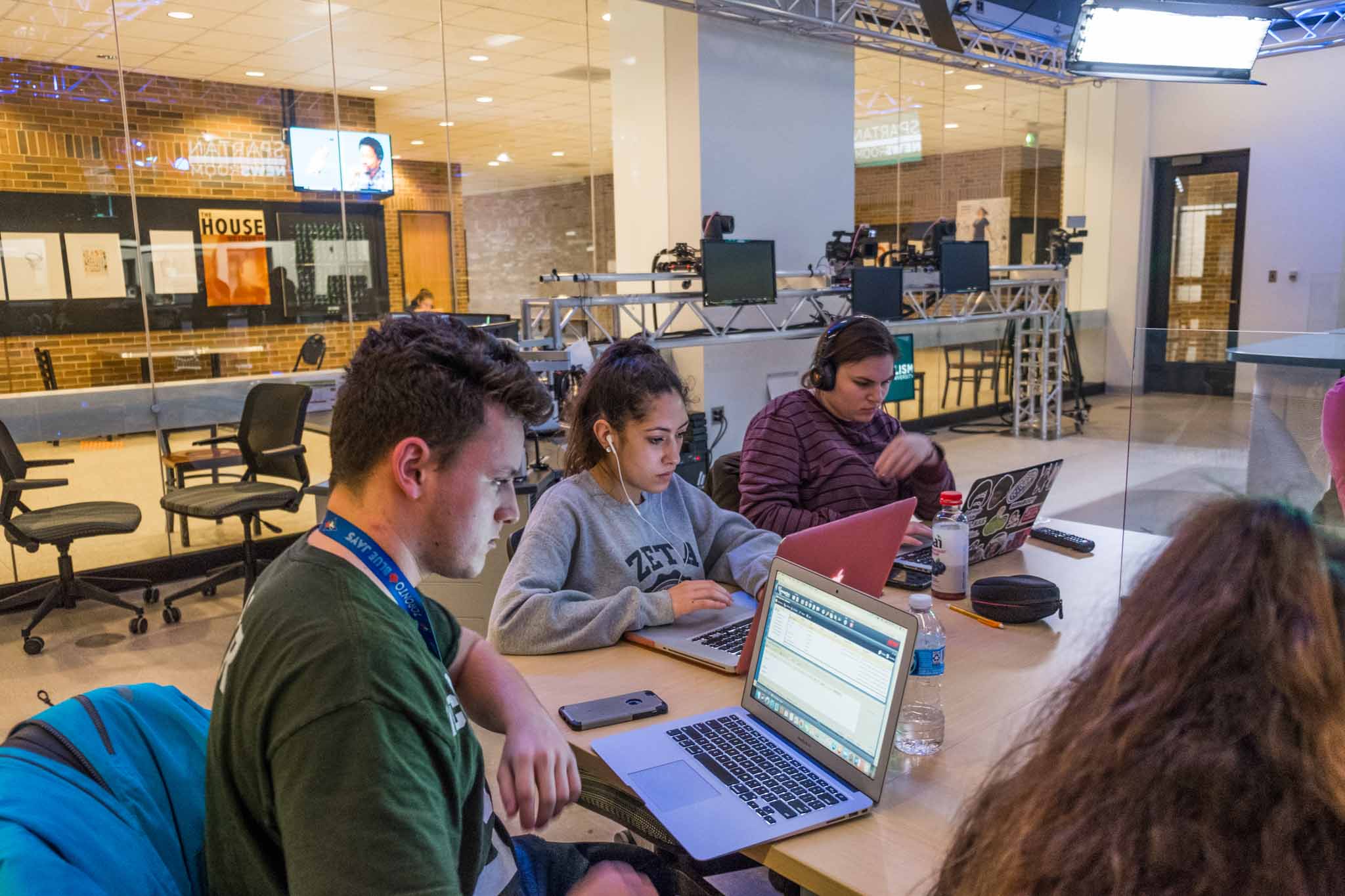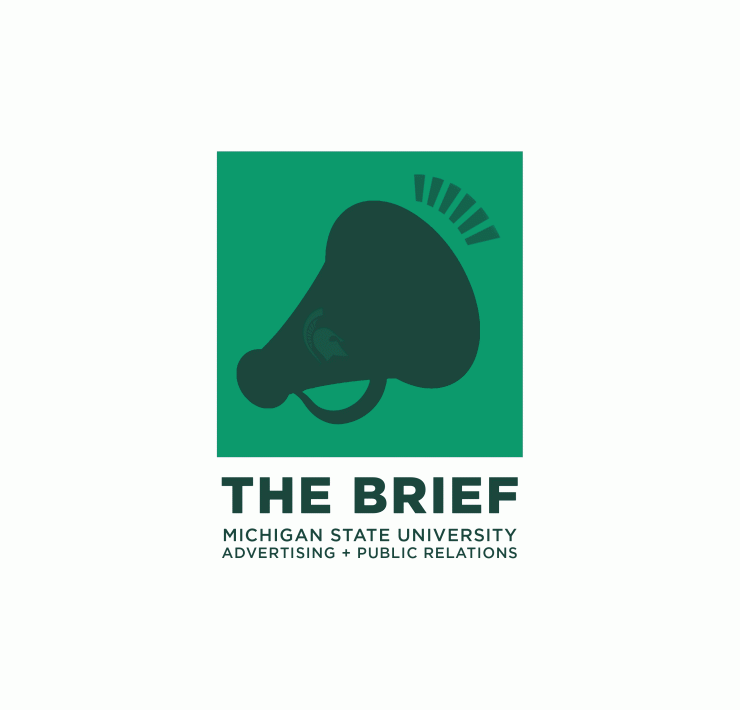How Masks Went from Outcast to AD+PR Phenomenon

By: Bradley W. Cholette
As I was leaving my house the other day to grab a coffee, I did the habitual “pat down” on my pockets to make sure I had everything I needed: phone, wallet, keys…mask?
In a world where COVID-19 has made social distancing and hand-washing commonplace, the thought of leaving your house without a mask now seems strange. A catalyst for this broad acceptance of masks is thanks in part to AD+PR – taking them from a bland necessity to fashionable safety apparel.
Monique Turner, chair of MSU’s Department of Communications, says she saw this transition take place a few months ago.
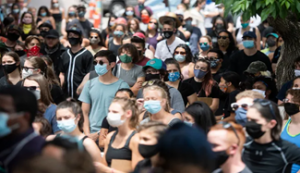
“When summer hit, so did the reality that we are going to be in this for a while, which led to people purchasing numerous masks that they could reflect their personality in,” said Turner.
The progression of masks as fashion statements has also led to an avenue for branding.
Robert Kolt, AD+PR professor of practice, has spent time working in both the public and private sectors of advertising and public relations. Kolt says he foresaw the future of mask branding when COVID-19 first struck.
“As soon as people started habitually wearing masks, I predicted them as the new fashion avenue for advertising,” said Kolt. “[Masks] are so boring and plain, it’s such a great space for advertising or messaging.”
Advertising your message and changing public perception is arguably more important now more than ever. Turner, along with several other MSU faculty, does research focusing on the role of emotions in messages and advertising.
Turner is currently working on a national study with over 9,000 American adults across the country looking at their emotions, perceptions and belief systems, and how that predicted their mask-wearing.
“When we asked people about their emotions, we asked them how they felt about being told to wear a mask,” said Turner. “The people who aren’t angry about it increased their mask-wearing over time. For those people, the advertising worked because they’re going to wear a mask and it’d be a lot more fun if they wore one they enjoyed.”
Mask branding has been beneficial for both companies advertising their brand, and also for society moving toward adopting the behavior.
“It’s simple, it’s cheap, it has a word-of-mouth kind of aspect to it and there’s some positive benefits [to branding masks],” said Kolt. “It’s the place that people look when talking to each other, actually, it’s the perfect place for branding or advertising. It’s made masks more acceptable, and I think that it will only get bigger as the COVID crisis continues.”
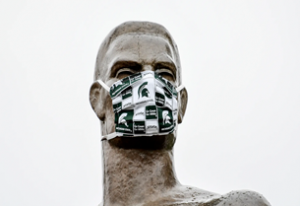
While numerous countries and cultures have normalized wearing masks, in part, branding has helped the United States follow suit.
“We’ve transitioned to wearing a mask and that’s going to trend to being more acceptable in the future,” said Kolt. “I think that all of society will eventually get to the point of wearing a mask and what that means is that we’ll have a lot of companies advertising logos and more creative things going forward.”


